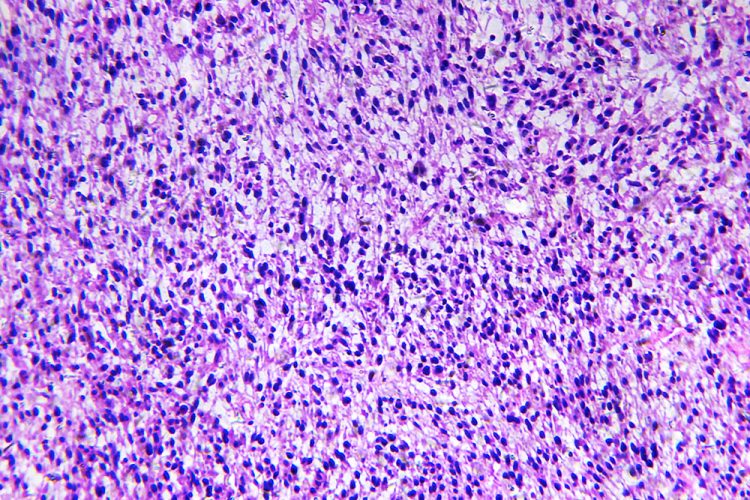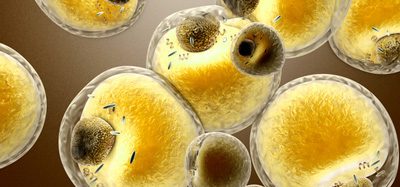Controlling PTEN gene could combat paediatric rhabdomyosarcoma
Posted: 20 September 2021 | Anna Begley (Drug Target Review) | No comments yet
The decreased expression of PTEN in mouse models was found to make rhabdomyosarcoma tumours more aggressive, highlighting new treatment approaches.


A team at the St Jude Children’s Hospital, US, have revealed how the tumour suppressor gene PTEN plays a more important role in paediatric rhabdomyosarcoma than was previously understood, highlighting a possible new treatment approach.
By looking at methylation data to investigate how certain genes are expressed, previous research has found that decreased expression of PTEN is common in fusion-negative rhabdomyosarcoma. In this study, the team used mouse models to further analyse the role of PTEN. “When we looked in the tumour cells of our wildtype model, we found PTEN mostly in the nucleus, which is not where we expected it to be,” commented corresponding author Mark Hatley. “That suggested to us that PTEN was contributing in transcriptional control and gene regulation.”
The team then focused on the relationship between PTEN and two transcription factors – DBX1 and PAX7. The researchers found high expression of DBX1, which has never before been linked to cancer. They also found high expression of PAX7, which plays a known role in normal skeletal muscle development. They showed that PAX7 is involved in regulating and activating DBX1.
Biomarkers aren’t just supporting drug discovery – they’re driving it
FREE market report
From smarter trials to faster insights, this report unpacks the science, strategy and real-world impact behind the next generation of precision therapies.
What you’ll unlock:
- How biomarkers are guiding dose selection and early efficacy decisions in complex trials
- Why multi-omics, liquid biopsy and digital tools are redefining the discovery process
- What makes lab data regulatory-ready and why alignment matters from day one
Explore how biomarkers are shaping early drug development
Access the full report – it’s free!
The researchers further discovered that deleting PAX7 with PTEN alters the cell’s identity and observed a change in cells from skeletal muscle to smooth muscle. “This work shows how genetically modified mouse models can provide insights into how different tumour suppressors can alter the dynamics of tumour initiation,” concluded first author Casey Langdon. “Our findings show that PTEN is not only in the nucleus controlling gene expression, it actually dictates the fate of the tumour cell in rhabdomyosarcoma, it is critical for maintaining tumour cell identity.”
The team stated that the findings demonstrate that in addition to PTEN loss causing a more aggressive tumour, enhancing PAX7 expression maintains rhabdomyosarcoma cell identity. Importantly, the results also highlight how PAX7 may have a potential role as a molecular target for treating rhabdomyosarcoma as therapeutics-based transcription factors become available.
The study was published in Nature Communications.
Related topics
Drug Targets, Genetic Analysis, Genomics, Immuno-oncology, In Vivo, Molecular Targets, Oncology, Small molecule, Target Molecule, Targets, Therapeutics
Related conditions
Rhabdomyosarcoma
Related organisations
St Jude Children’s Research Hospital
Related people
Casey Langdon, Mark Hatley








